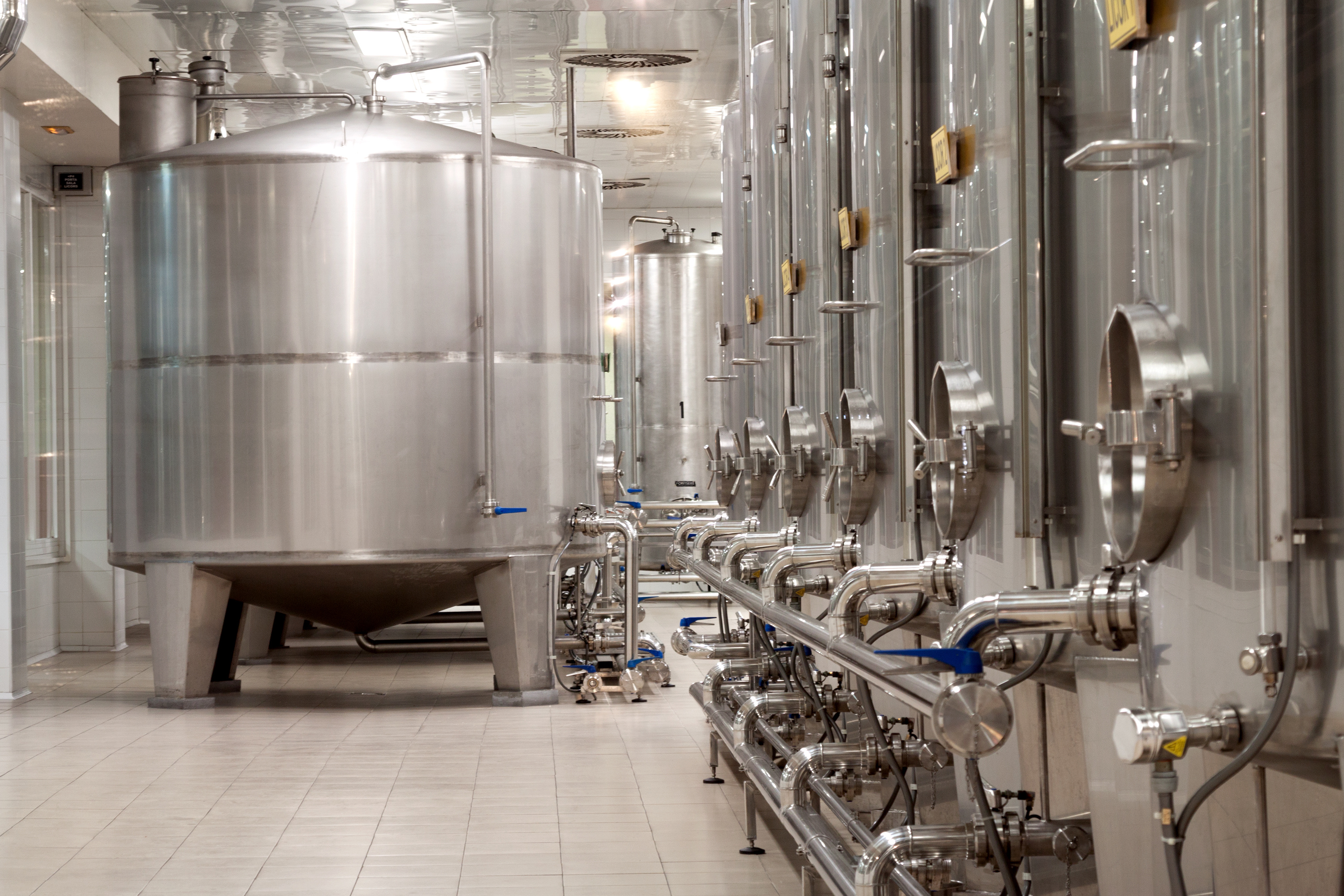Carbonic maceration is a process by which grapes are fermented in their skins in a carbon dioxide rich environment. The weight of all the grapes crushes the juice from the lower areas of the tank that holds the grapes and gas, and undergoes a somewhat more conventional fermentation in that area of the vessel. After the flash fermentation, the skins are separated from the juice.
This is a relatively quick fermentation process, sometimes only lasting a few weeks, then immediately bottled and released into the markets.
The wine produced from this process is light in structure, low in tannin, and not meant for ageing. These are drink now-types of wines where the fresher and closer to bottling you are, the more the wine is enjoyable.
Traditional fermentation requires the grapes to be crushed, then a slow fermentation starts with an assist from yeasts converting sugar into alcohol, a process called inoculation.
Carbonic maceration is almost exclusively used with red grapes as the process with white grapes has a bad chemical reaction with the skins and can make undesirable flavors occur. Carbonic maceration can be found as a winemaking process in areas of France, Spain, and California, but most famously in the Beaujolais region of France, just south of Burgundy.


One Reply to “What is Carbonic Maceration?”